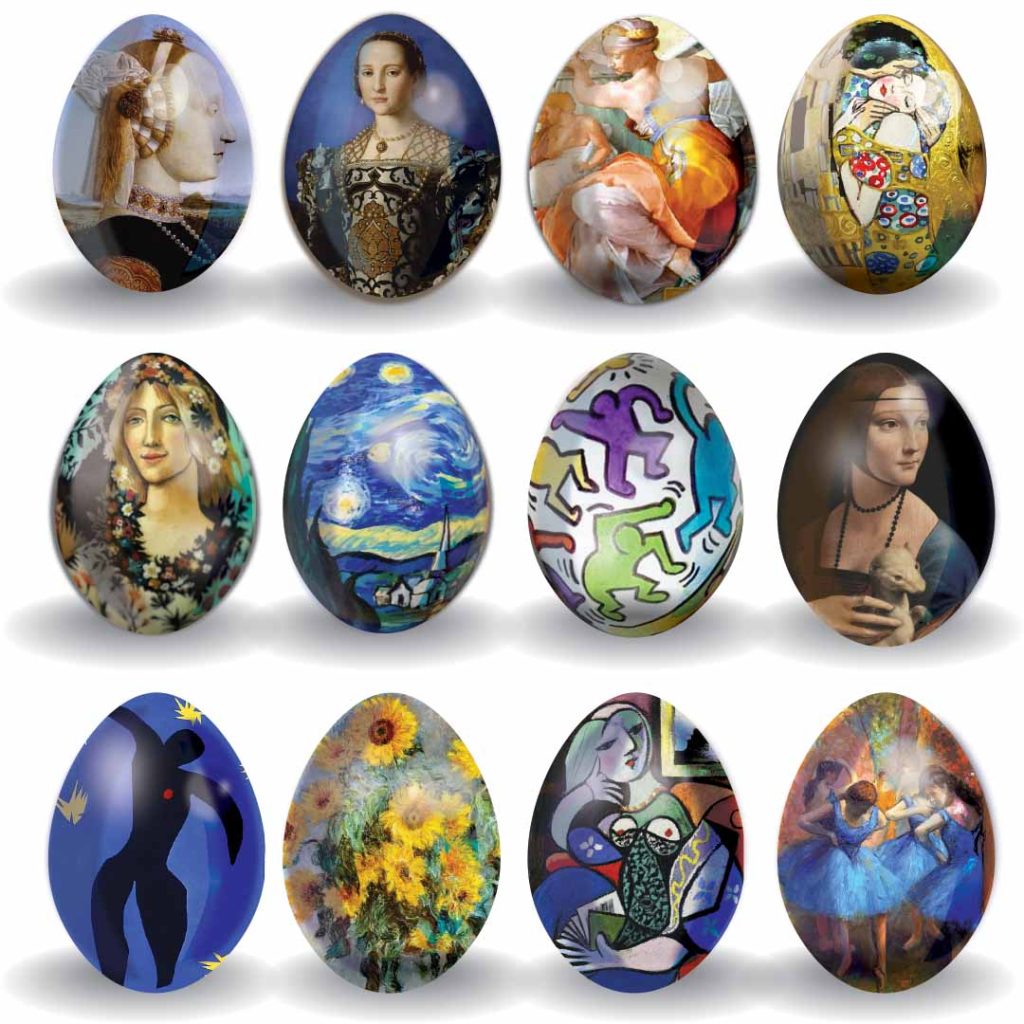
L’arte dell’uovo italiano
Easter in Italy and all things Egg-cellent!
Buona Pasqua!
Happy Easter!
Sei “felice come una Pasqua”? Questo modo di dire italiano equivale all’inglese “happy as a clam.”
In Italia, Pasqua è una festa di due giorni celebrata con fede, amici, ottimo cibo e parate spettacolari. Come dice il proverbio: “Natale con i tuoi, Pasqua con chi vuoi!”
Are you “happy as a clam”? In Italy, Easter is a two-day celebration filled with faith, friends, delicious food, and amazing parades. As the saying goes: “Spend Christmas with your family, but Easter with whomever you want!”
Lo Scoppio del Carro
The Explosion of the Cart
A Firenze, Pasqua inizia con un’esplosione! Lo Scoppio del Carro è un’antica tradizione in cui un carro chiamato Brindellone, trainato da buoi bianchi, viene posizionato davanti al Duomo. Alle 10 di mattina, una “colombina” accende i fuochi d’artificio sul carro, regalando uno spettacolo straordinario.
In Florence, Easter begins with a bang! The Explosion of the Cart is an ancient tradition where a cart called the Brindellone, pulled by white oxen, is positioned in front of the Duomo. At 10 a.m., a dove-shaped rocket lights the fireworks on the cart, creating a stunning display.
La Pasquetta: Relax e Scampagnate
Easter Monday: Relaxation and Picnics
Il lunedì dopo Pasqua, gli italiani celebrano la Pasquetta con gite fuori porta. Che sia al mare, in campagna o in montagna, amici e famiglie si riuniscono per picnic, giochi e relax.
The Monday after Easter, Italians celebrate Pasquetta with day trips. Whether at the seaside, countryside, or mountains, friends and families gather for picnics, games, and relaxation.

Uovo: Simbolo di Rinascita
The Egg: A Symbol of Rebirth
Le uova rappresentano la rinascita e sono simboli centrali della Pasqua italiana. Dolci come la Colomba e il Ciambellone usano le uova come ingrediente principale, mentre l’uovo appare anche in torte salate e pane decorativo.
Eggs symbolize rebirth and play a central role in Italian Easter traditions. Sweets like Colomba and Ciambellone use eggs as key ingredients, and eggs also appear in savory pies and decorative breads.
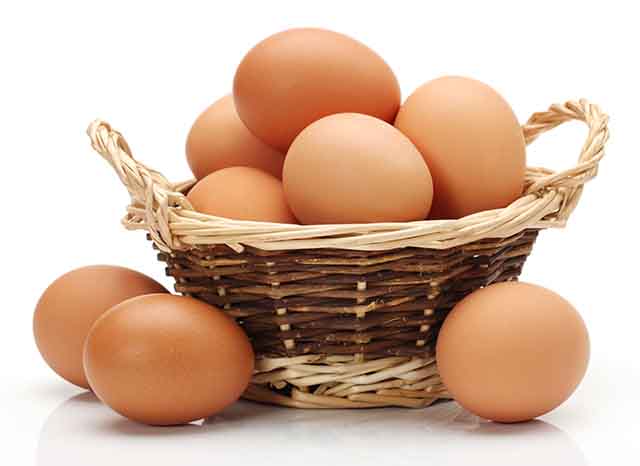
Uova di Cioccolato
Chocolate Eggs
Gli italiani adorano le Uova di Pasqua, grandi uova di cioccolato con sorprese all’interno. Questa tradizione è nata all’inizio del ’900 grazie all’azienda Perugina.
Italians love Uova di Pasqua, large chocolate eggs with surprises inside. This tradition began in the early 1900s, thanks to the Perugina company.
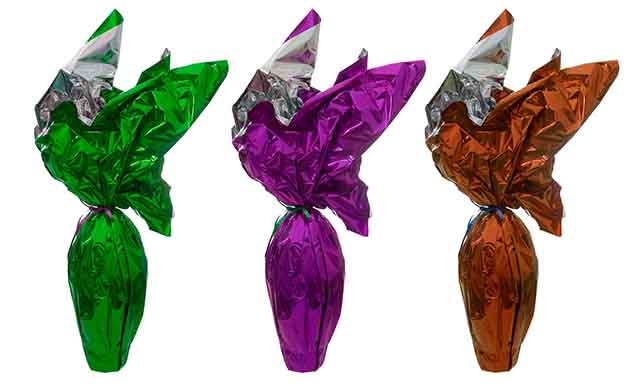
Curiosità Linguistiche: Uovo & Uova
Linguistic Fun: Egg & Eggs
Singolare: uovo (maschile)
Es.: Questo uovo è fresco. (This egg is fresh.)
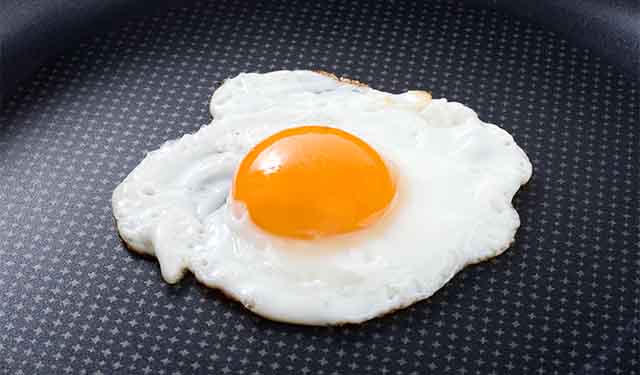
Plurale: uova (femminile)
Es.: Queste uova sono fresche. (These eggs are fresh.)
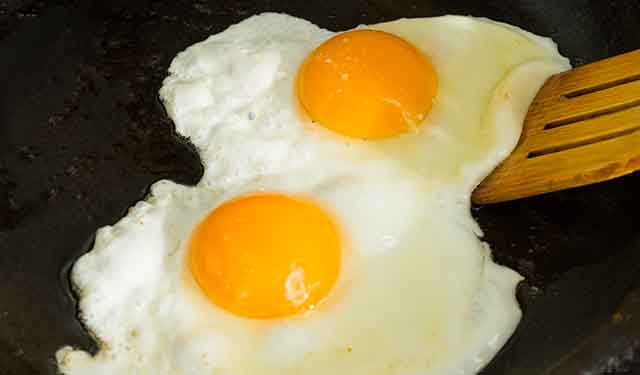
Giochi di Parole & Espressioni sull’Uovo
Egg Puns & Expressions
Avere la faccia da uovo sodo: Avere un’espressione seria. (To have a stern expression.)
Essere fresco come un uovo: Essere fresco o nuovo. (To be fresh or new.)
Fare una frittata: Fare un pasticcio. (To make a mess.)
What is the most famous egg in the world?
Christopher Columbus’ egg!
Questo modo di dire italiano si riferisce a risolvere un problema apparentemente impossibile con una soluzione semplice e ingegnosa. Ha origine da una famosa leggenda su Cristoforo Colombo.
This Italian idiom refers to solving a seemingly impossible problem with a simple and clever solution. It originates from a famous legend about Christopher Columbus.
Si racconta che Colombo fosse a cena con alcuni gentiluomini spagnoli che cercavano di sminuire le sue imprese. Per sfidarli, chiese se qualcuno fosse in grado di far stare un uovo in piedi su un tavolo. Nonostante numerosi tentativi, gli uomini si arresero, dichiarando che fosse impossibile a causa della forma arrotondata dell’uovo.
As the story goes, Columbus was dining with Spanish gentlemen who sought to diminish his achievements. To challenge them, he asked if anyone could make an egg stand upright on a table. Despite numerous attempts, the men gave up, declaring it impossible because of the egg’s rounded shape.
Con un sorriso sornione, Colombo prese l’uovo, schiacciò delicatamente un’estremità per appiattirla e lo fece stare in piedi. Questo semplice gesto lasciò i suoi sfidanti senza parole. La morale? A volte l’ingegno sta nel guardare un problema da una nuova prospettiva!
With a knowing smile, Columbus picked up the egg, gently tapped one end to flatten it, and stood it upright. The simple act left his challengers speechless. The lesson? Sometimes ingenuity is just seeing a problem from a new perspective!
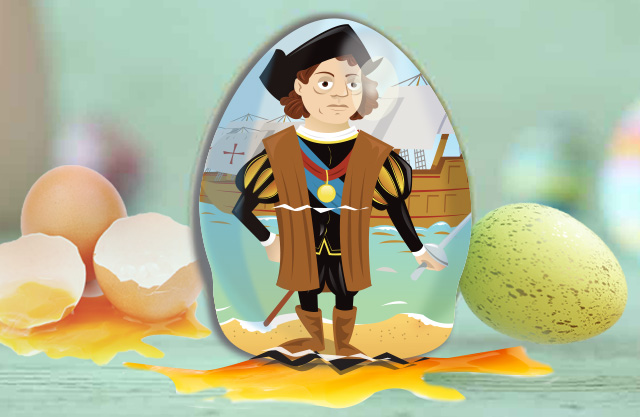
Sei “uovo-mozionato” di continuare a imparare l’italiano? È “uovo-tastico!”
Are you “egg-cited” to keep learning Italian? It’s egg-tastic!
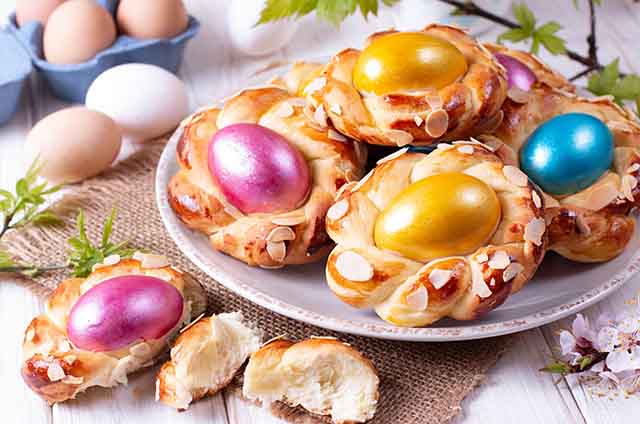
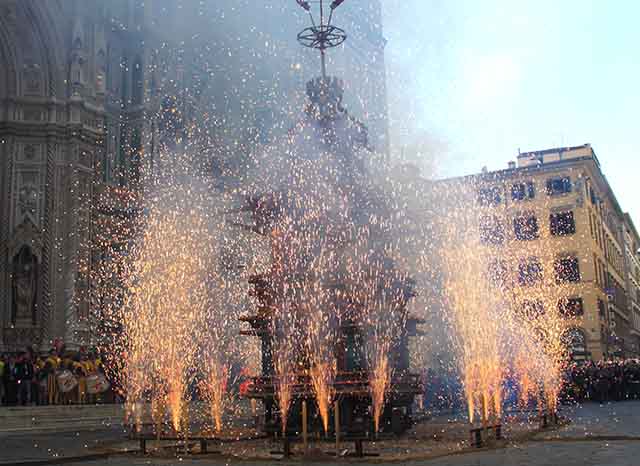
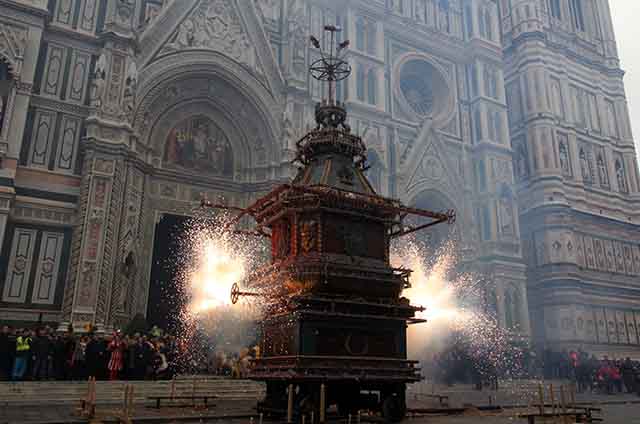
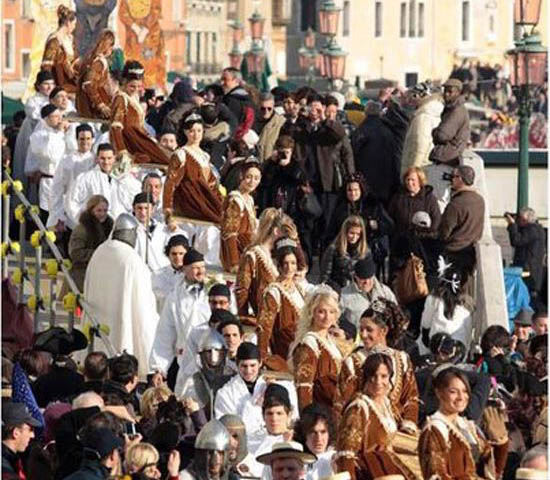
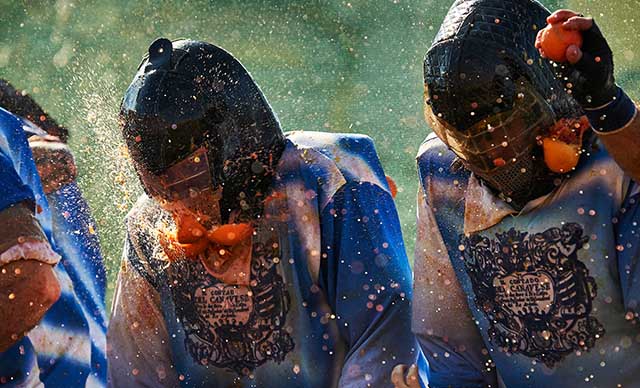
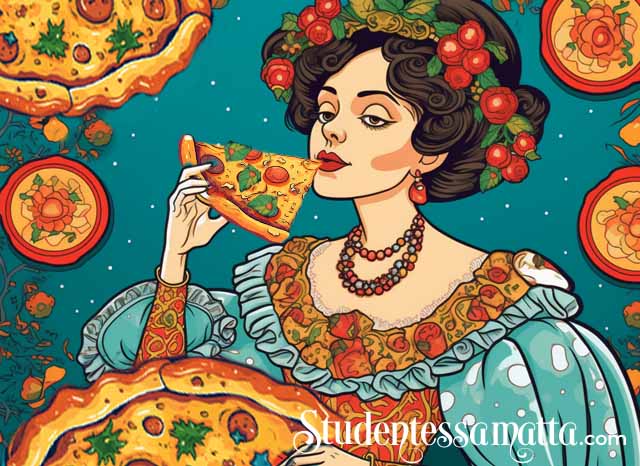
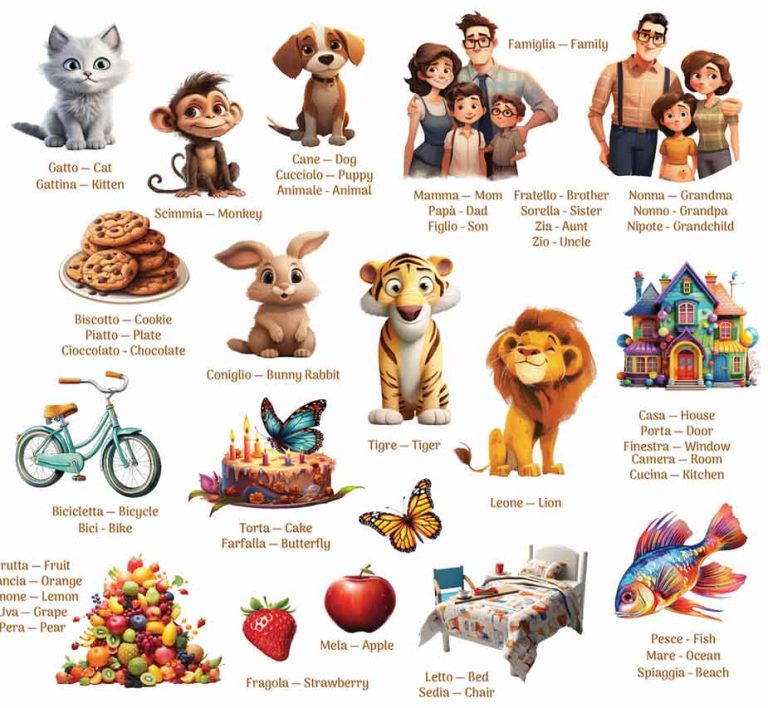
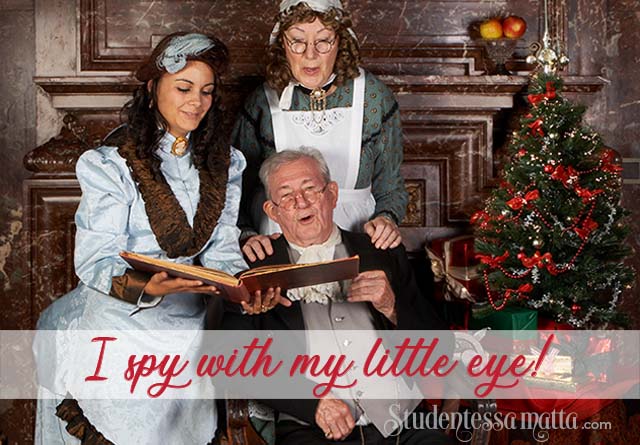






I absolutely LOVED this article it was fantastic. Grazie Mille Melissa. I can’t wait to learn some more Italian. It was fun for me to TRY reading it in Italian and then see the translation below. I learn a lot of words which made me happy. Wonderful job on this article.